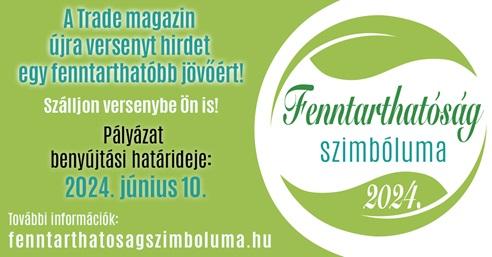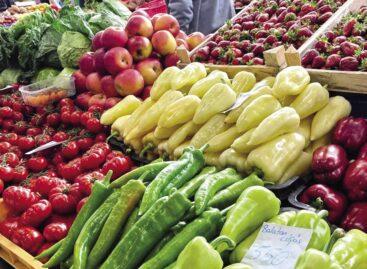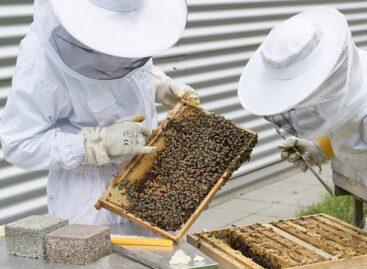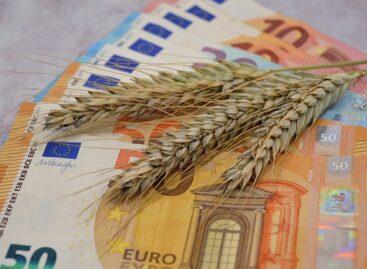(HU) Kiváló minőségű magyar libahús kerülhet a Márton napi asztalra
After the avian flu epidemic, the domestic goose sector found itself again, and in the second half of the year, the purchase and slaughter of fattened geese gained momentum. According to the overview of the National Chamber of Agriculture, high-quality Hungarian goose meat and liver can be on the plates of domestic consumers on the upcoming St. Martin’s Day.
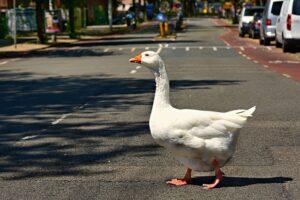
(Photo: Pixabay)
Although the year did not start favorably for domestic goose farmers – due to two successive waves of the bird flu epidemic, in the first half of 2023 they produced the lowest amount in recent years -, in the second half of the year production is on the rise again (although, as in previous years also happened, bird flu can break this process at any time), so hopefully there will be no shortage of domestic goose meat on the upcoming St. Martin’s Day either.
Following the lifting of epidemic prevention restrictions, the purchase of fattened geese gained momentum: week by week it significantly exceeded the previous year’s data
At the same time, the slaughter of meat geese started. According to data from the Goose Association, a total of 15,000 tons of live geese were slaughtered in domestic slaughterhouses in the first nine months of the year, which is 17 percent higher than the previous year’s level.
The goose farmers had to expect further cost increases this year as well
Although fodder prices decreased somewhat during the year, the average price of day geese increased for both types – liver and meat geese. Thus, consumers can find goose meat and foie gras in stores at a higher price than last year.
Compared to other poultry species, the role of the goose in the world’s food supply is small
However, it has been of great importance in the history of Hungarians for centuries, it was an indispensable pet of Hungarian settlements from the beginning. Hungarian goose breeding was founded on the natural environment, tradition, and expertise, and it still provides favorable conditions for goose keeping today. Almost every part of the goose is valuable: its meat, liver, fat, feathers can also be used. The usability of geese for other purposes (ecological, weed and insect control, hobby and guard animals, ornamental birds) makes them one of our most “sustainable” farm animals.
Goose products belong to the exclusive, premium category and represent the highest value among poultry
A significant part of domestic goose meat production is exported, and we are at the forefront of the world in the production of fattened goose liver. As a result of the baseless attacks on the animal husbandry sector in recent years – mostly based on economic interests – the European waterfowl breeding has declined significantly, offering its markets on a platter to goods coming from third countries. However, goods coming from outside the European Union have serious risks, not only for domestic goose farming, but also for consumers and the environment. The production of these products is not bound by such strict conditions and is not subject to such serious controls as is usual for food produced in the EU. In many cases, goose products from third countries can be of concern from the point of view of food safety, environmental protection and animal welfare. On the other hand, goose farming and product production in Hungary has been taking place under ever-expanding animal welfare regulations and legal requirements since the 19th century. The sources of regulations related to animal welfare are the domestic national standards, regulations and laws, as well as the European Union rules, as well as the voluntarily compiled and accepted code of the Poultry Product Council, as well as the European Fatty Liver Association (Euro Foie Gras) card. Among the poultry species, the way of keeping the goose provides the most suitable animal welfare conditions for the species, since depending on the direction of utilization, it can spend its entire life, or most of it, outdoors (pasture, paddock). In addition to all this, according to extensive scientific research, the professional production of fatty liver is not animal cruelty! The activity is under continuous veterinary control, and it is a completely legal activity in compliance with the provisions of the current animal protection law.
The centuries-old tradition of eating goose on St. Martin’s Day is still alive today. St. Martin’s Day is the last holiday before the 40-day fast before Christmas, so on this day our ancestors organized a big feast so that they would have plenty in the next year as well.
NAK
Related news
Vegetables on the grill – or as a side dish
The barbecue season kicks off with the arrival of really…
Read more >There are many old people and few women in domestic agriculture
A third of agricultural managers are already 65 years old…
Read more >Beekeeping is one of the most important branches of agriculture
Honey can be imported, but pollination cannot, which is why…
Read more >Related news
Euro zone inflation was 2.4 percent in April as well after March
In line with analysts’ expectations, annual inflation in the euro…
Read more >Gergely Suppan: the recession is clearly over in Hungary
The recession is clearly over in Hungary, from now on…
Read more >K&H: the inflation anomaly is clearly visible, but customers perceive it differently
Although inflation has slowed down a lot, according to the…
Read more >
